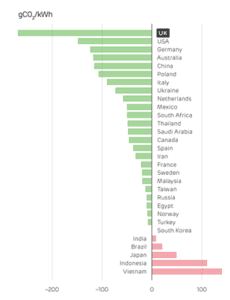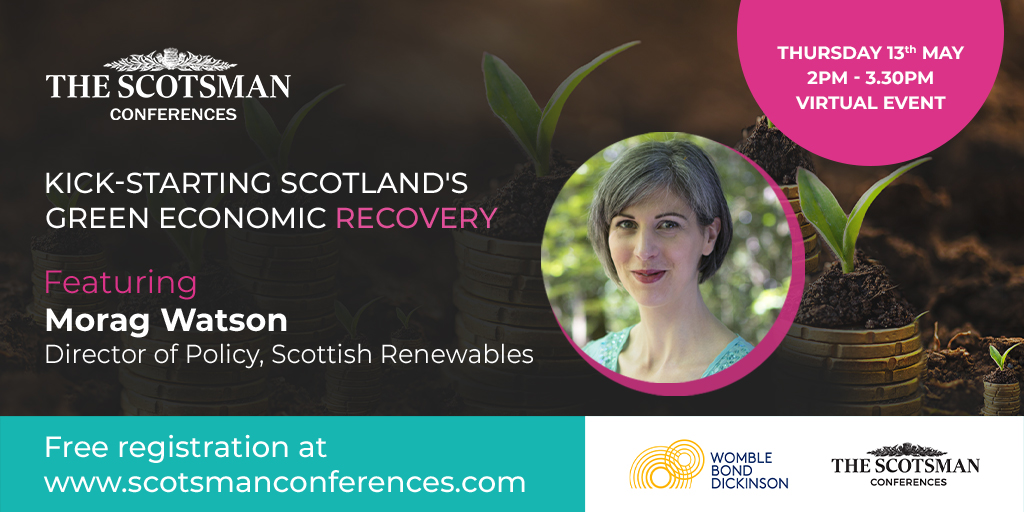Over the past twenty years a quiet revolution has taken place in the UK that has gone largely unnoticed by much of the population. Without much fanfare, our country decarbonised its electricity sector faster than any other country in the world.

Imperial College London for Drax Electric Insights – Nov 2020
By the end of 2020, the equivalent of 97.4% of our electricity use in Scotland was met by renewable energy. This quiet revolution has made us a global leader in renewable energy, supports 17,700 FTE jobs and generates an annual turnover of more than £5.5 billion.
Impressive though this is, electricity represents approximately 24% of Scotland’s energy usage. Transport accounts for approximately 25% more and heating accounts for the remaining 51%. As a nation we have committed to reaching net-zero emissions by 2045. For our energy use, this will largely be achieved by electrifying transport and heating.
To stay on target for reaching our 2045 goal, over the coming decade we will need to replace the heating systems of 50% of Scotland’s homes with low carbon alternatives and end the need for new petrol and diesel vehicles as we embrace EVs. This will require us to increase the amount of electricity we generate so that by 2045 we are generating twice the amount we use now.
Between now and 2045 we will need increase Scotland’s solar energy capacity from 0.38GW to nearer 5GW, our onshore wind capacity from 8.5GW to nearer 20GW and our offshore wind capacity from 0.9GW to at least 35GW. In addition, we will need to create a new fuel industry based on the production of green hydrogen – zero emissions fuel produced using renewable electricity and water.
Research by Scottish Renewables shows that every gigawatt of renewable power installed in Scotland creates 1,500 jobs and adds £133 million of GVA to our economy.
In the short term the installation of heat pumps, small-scale solar and EV charging points can begin now. Pre-construction work on onshore wind, large-scale solar and district heating networks can begin this year with construction in subsequent years, with the major construction phase of offshore wind getting underway from 2024/25. The foundations of the hydrogen sector will be laid during this decade ready for scaling up in the 2030s.
The renewables industry represents the perfect opportunity to ensure the green recovery from COVID-19 is meaningful and delivers genuine economic growth alongside environmental benefit. With the years to 2030 being the decade of onshore wind, low-carbon heat and EVs, and the 2030s being the decade of offshore wind and hydrogen, renewable energy will also enable Scotland to chart a prosperous, green future for our economy in the long term.
Written by Morag Watson, Director of Policy, Scottish Renewables
To hear Morag and other top clean energy experts, book your place to our free webinar “Kick-starting Scotland’s Green Economic Recovery” May 13

